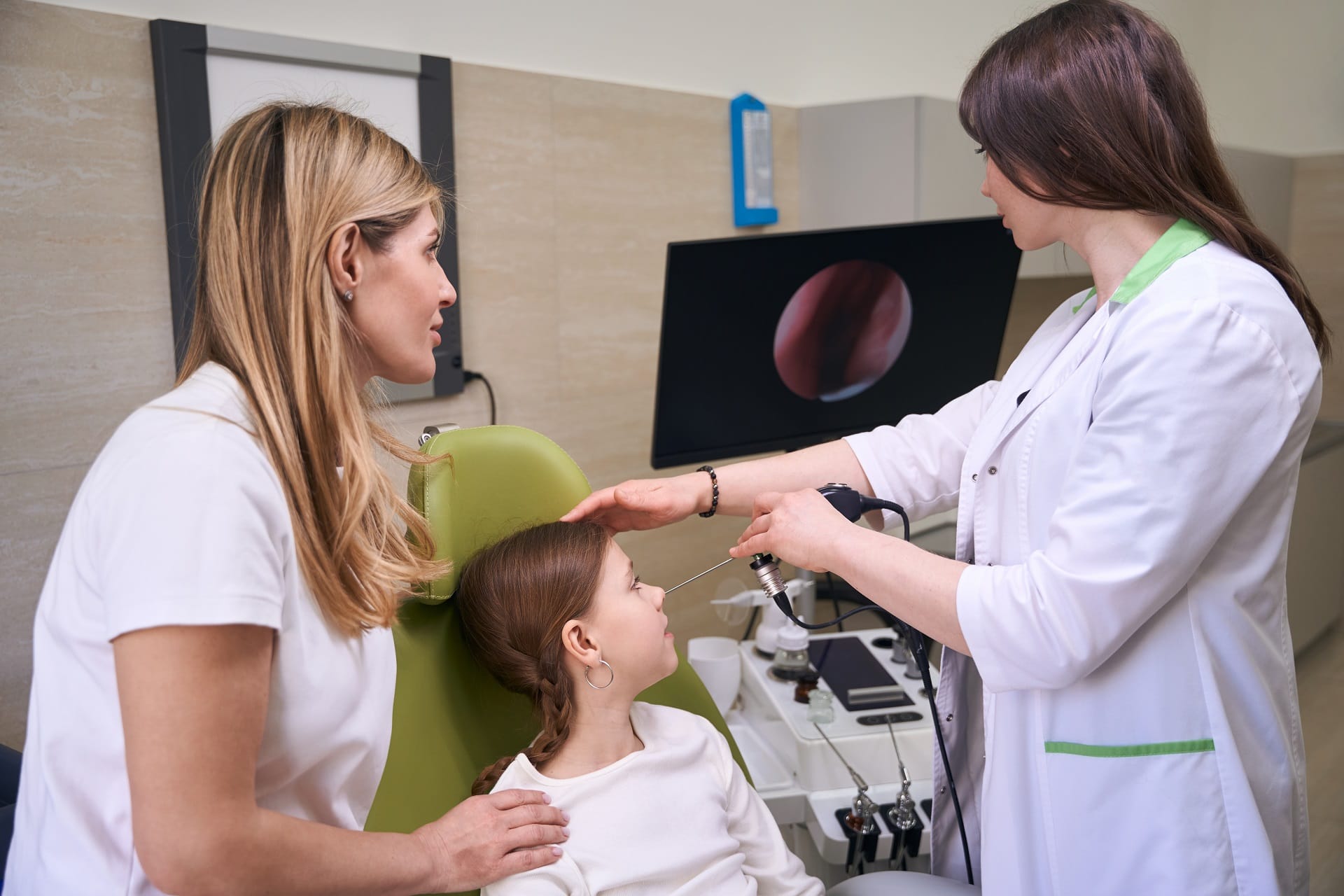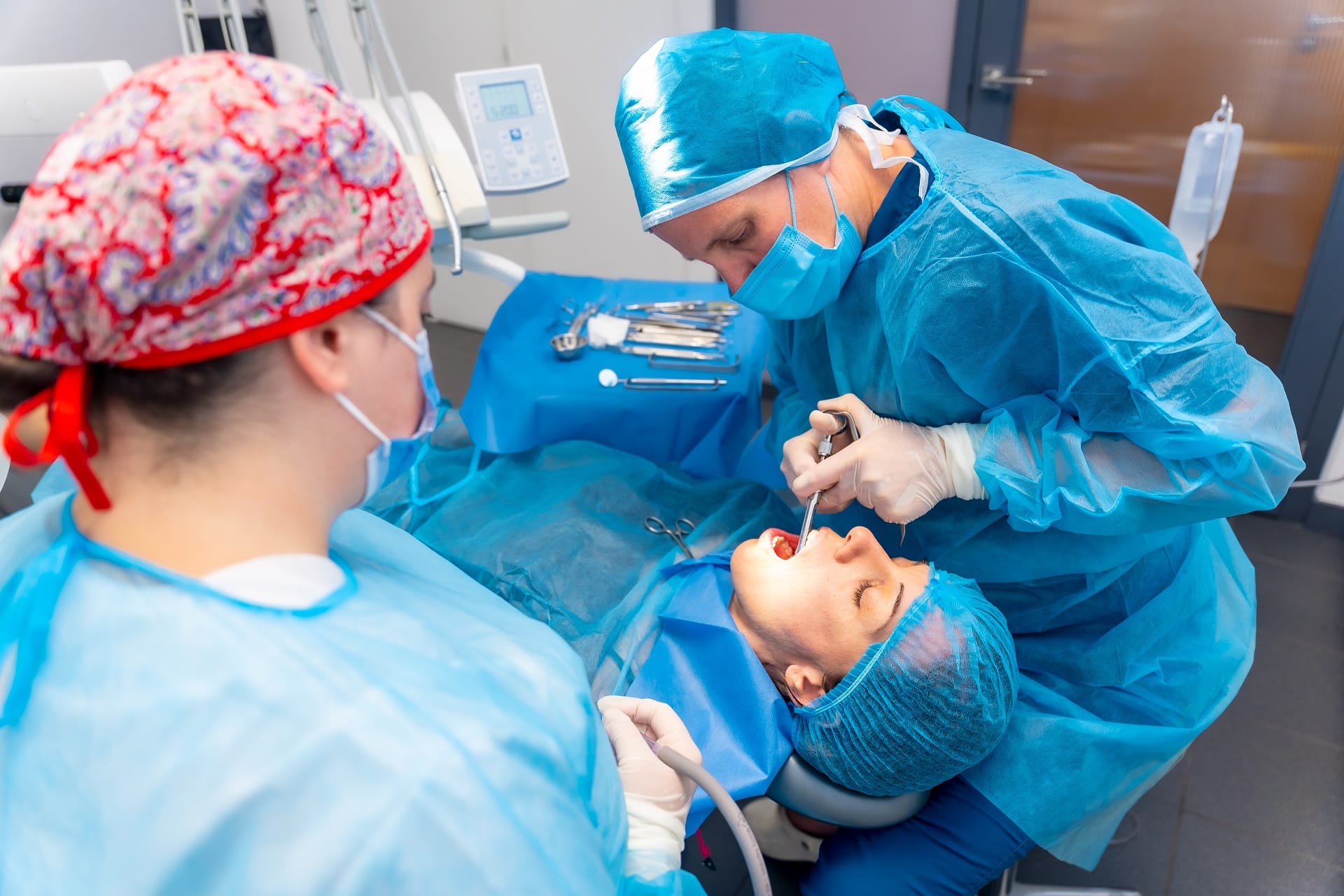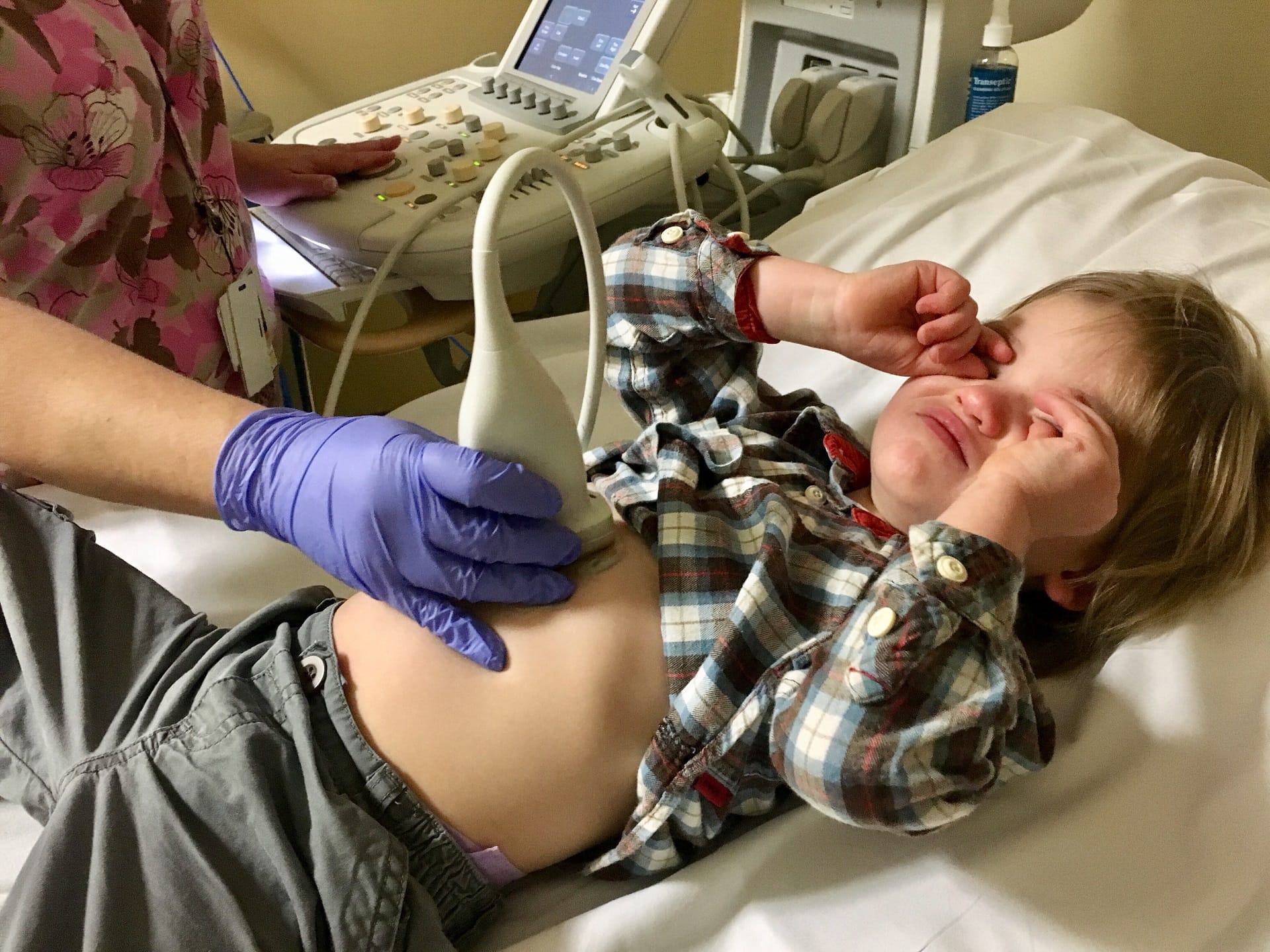Our Pediatric Endoscopic Procedures FAQs section addresses common questions about these vital diagnostic tests, including what they are, why they’re necessary, and how to prepare your child for them. From understanding the safety measures in place to what to expect during recovery, this guide offers clear and concise information to help you feel informed and confident about your child’s care.




